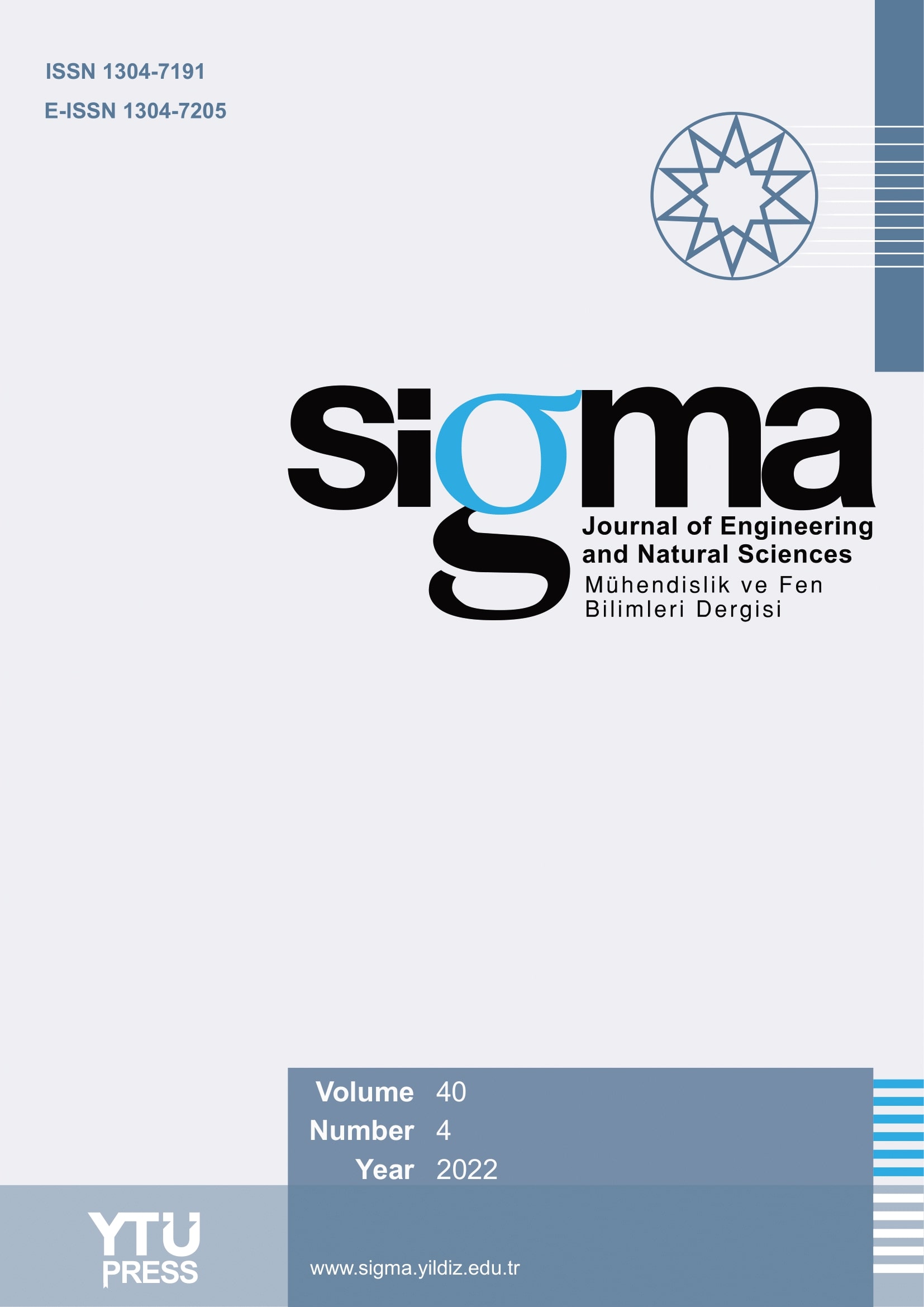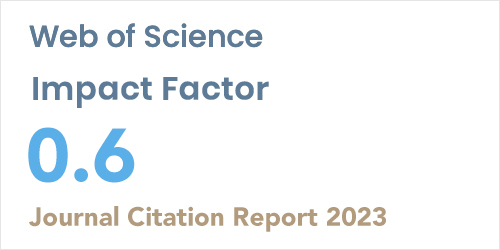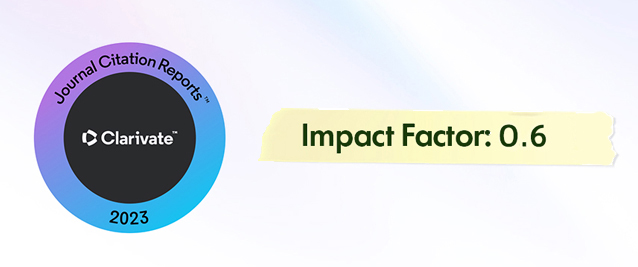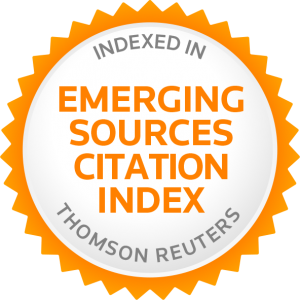2Department of Electrical and Electronics Engineering, Erzincan Binali Yildirim University, Erzincan, Türkiye; Department of Electrical and Electronics Engineering, Karadeniz Technical University, Trabzon, Türkiye
3Department of Electrical and Electronics Engineering, Karadeniz Technical University, Trabzon, Türkiye
Abstract
Nowadays, the rapid increase in PV plants in power systems has reached a point that may negatively impact power system stability. Battery storage systems have also begun to be integrated into power systems to mitigate the negative effects of non-rotating plants such as PV plants. The expected increase in PV penetration levels and BESS size must be analyzed jointly to address stability issues in power systems. It is evident that existing reviews on the hybrid integration of PV and BESS are limited. This paper aims to contribute to future developments by reviewing the most recent status and potential outcomes of studies related to the impact of PV plants and battery storage system (BESS) units on power system stability. The reviewed studies have been classified to provide valuable insights into the impact of PV plants and BESS units on power system stability. Each classification focuses on the studies in terms of the stability analysis type, the PV/BESS unit combination, the analysis method, the structure of the power system, the PV penetration level, the size of the BESS, whether frequency support is provided, and the use of simulation programs. In the classification of stability, frequency stability and rotor angle (for transients) stability are the most discussed topics. In the review for the units, it was found that studies on the stability of PV power plants were frequently addressed. In addition, studies on BESS and PV-BESS configurations have increased over time. Almost all stability studies focus on time-domain analysis. In addition, modal analysis, which is widely used in small-signal stability studies, is the second most frequently used analysis method in studies. In the studies, the effect of a three-phase short circuit fault on the stability of the system is usually analyzed. Apart from this fault, the implementation of a fault in the load is among the popular cases considered. In the power system classification used, either large or small power systems are usually considered. It is rare for an impact to be considered in both a small and a large power system. Different penetration levels and sizes of PV and BESS units, respectively, are usually analyzed separately in terms of stability. The number of papers investigating the effect of both PV and BESS together on the stability of a power system is quite rare. As a result of the classification on frequency support, it is seen that research on frequency support of PV power plants is handled from similar perspectives, although it has gained popularity recently. When the simulation programs used, which represent the last classification group, are examined, it is observed that DigSilent PowerFactory and MATLAB are generally preferred.













